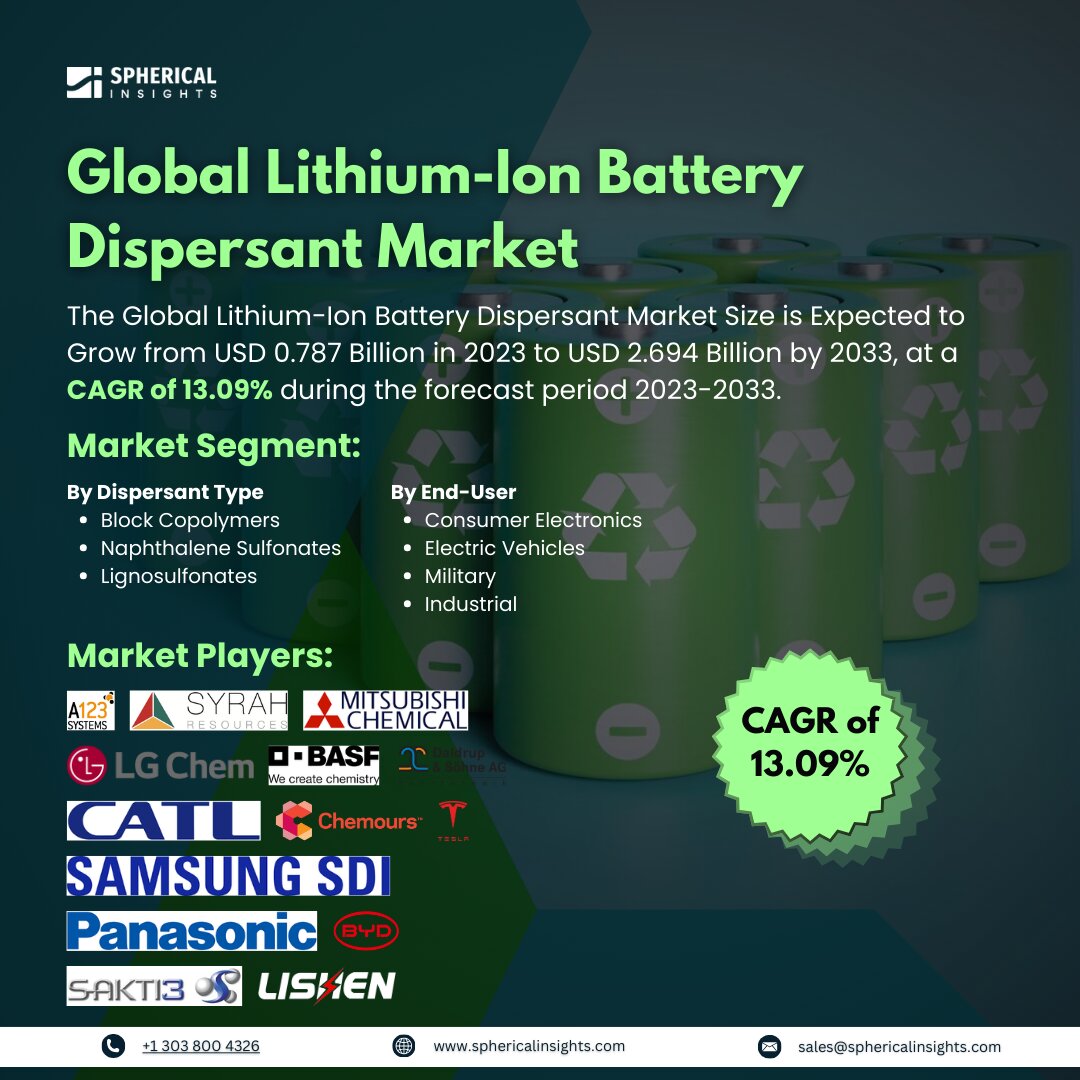Global Ballistic Protective Equipment Market Size to worth USD 7.98 Billion by 2033
According to a research report published by Spherical Insights & Consulting, The Global Ballistic Protective Equipment Market Size is Expected to Grow from USD 4.85 Billion in 2023 to USD 7.98 Billion by 2033, at a CAGR of 5.11% during the forecast period 2023-2033.
Browse key industry insights spread across 210 pages with 110 Market data tables and figures & charts from the report on the Global Ballistic Protective Equipment Market Size, Share, and COVID-19 Impact Analysis, By Raw Material (Aramid, Composites, Steel, UHMWPE, and Others), By Product (Head Protection, Soft Armor, and Hard Armor), By End-User (Defense, Law Enforcement & Security, and Commercial), and By Region (North America, Europe, Asia-Pacific, Latin America, Middle East, and Africa), Analysis and Forecast 2023 – 2033.
The industry that produces and distributes gear intended to shield people from ballistic threats like bullets and shrapnel is known as the ballistic protective equipment market. Body armor, helmets, shields, and vehicle armor are just a few of the many products available in this sector. To improve personal safety in high-risk situations, military, law enforcement, and security personnel employ these devices. Global geopolitical tensions and terrorism are increasing the demand for ballistic protective equipment. This is especially evident in regions with political instability, where security forces and civilians need protection against ballistic threats. The market for protective gear is driven by the need for improved personal safety and security. Advancements in materials and manufacturing processes are revolutionizing the industry, enhancing performance and user experience. Governments are prioritizing the safety and well-being of their armed forces, leading to investments in advanced protective gear. This trend is fueled by the evolving nature of modern warfare and the need for innovative solutions to protect soldiers from ballistic threats. However, ballistic protective gear's high cost, especially in developing regions, poses affordability challenges for individuals and organizations in high-risk environments, straining budgets and limiting access to adequate protection.
The aramid segment accounted for the highest share with 32% in 2023 and is expected to grow at a significant CAGR during the forecast period.
Based on the raw material, the ballistic protective equipment market is classified into aramid, composites, steel, UHMWPE, and others. Among these, the aramid segment accounted for the highest share with 32% in 2023 and is expected to grow at a significant CAGR during the forecast period. The special qualities of aramids like Kevlar, Twaron, and Nomex are responsible for this domination. These fibers provide a remarkable strength-to-weight ratio, flexibility, and outstanding lightweight construction. The primary driver of high market penetration is the aramid fiber and related mixes' ease of molding for the production of body armor and ballistic helmets.
The soft armor segment accounted for the highest market share in 2023 and is expected to grow at a significant CAGR during the forecast period.
Based on the product, the ballistic protective equipment market is divided into head protection, soft armor, and hard armor. Among these, the soft armor segment accounted for the highest share in 2023 and is expected to grow at a significant CAGR during the forecast period. Soft armor is a popular material in concealable body armor vests, providing reliable protection against handgun threats and fragmentation. Its technology optimizes material composition and layering techniques to balance ballistic resistance, flexibility, and comfort. Innovations in integrated undersuit systems, exoskeletons, and soft ballistic protection plates are expected to drive soft armor demand, offering improved speed and flexibility for various missions.
The defense segment accounted for the greatest share in 2023 and is expected to grow at a significant CAGR during the forecast period.
Based on the end-user, the ballistic protective equipment market is divided into defense, law enforcement & security, and commercial. Among these, the defense segment accounted for the greatest share in 2023 and is expected to grow at a significant CAGR during the forecast period. The defense sector is focusing on enhancing soldier survivability and mobility to combat evolving battlefield threats. Manufacturers are creating lightweight, modular protection solutions like body armor, helmets, vehicle armor, and mission-specific gear. The integration of sensors, communication systems, and smart materials is also crucial to boosting situational awareness and soldier efficiency on the battlefield.
North America is estimated to hold the largest share of the ballistic protective equipment market over the forecast period.
North America is estimated to hold the largest share of the ballistic protective equipment market over the forecast period. The regional ballistic protection industry is experiencing significant growth due to technological advancements, regulatory standards, and increasing demand from military, law enforcement, and commercial sectors. Manufacturers are strategically focusing on innovation, collaboration, and market diversification to maintain their global leadership.
Asia Pacific is predicted to have the fastest CAGR growth in the ballistic protective equipment market over the forecast period. Geopolitical tensions and security risks, particularly in the Korean Peninsula, South China Sea, and the India-Pakistan border, have led to increased demand for advanced protective gear among military, law enforcement, and security personnel, resulting in substantial investments in ballistic protection solutions.
Company Profiling
Major key players in the ballistic protective equipment market include Seyntex N.V., BAE Systems, Plc, Rheinmetall AG, Honeywell International, Inc., Point Blank Enterprise, Inc., Morgan Advanced Materials, ArmorSource LLC, Craig International Ballistics, Survitec Group Ltd., Safe Life Defense, and Others.
Recent Development
- In November 2023, MKU Limited made its debut at Milipol Paris 2023 with its ground-breaking Kavro Doma 360 ballistic helmet. This helmet is made to offer complete defense against a range of rifle threats, such as 7.62×39 mm mild steel core (MSC) bullets from AK-47 rifles and 5.56×45 mm and 7.62×51 mm NATO rounds.
Key Target Audience
- Market Players
- Investors
- End-users
- Government Authorities
- Consulting And Research Firm
- Venture capitalists
- Value-Added Resellers (VARs)
Market Segment
This study forecasts revenue at global, regional, and country levels from 2023 to 2033. Spherical Insights has segmented the ballistic protective equipment market based on the below-mentioned segments:
Global Ballistic Protective Equipment Market, By Raw Material
- Aramid
- Composites
- Steel
- UHMWPE
- Others
Global Ballistic Protective Equipment Market, By Product
- Head Protection
- Soft Armor
- Hard Armor
Global Ballistic Protective Equipment Market, By End-User
- Defense
- Law Enforcement & Security
- Commercial
Global Ballistic Protective Equipment Market, By Regional Analysis
- North America
- Europe
- Germany
- UK
- France
- Italy
- Spain
- Russia
- Rest of Europe
- Asia Pacific
- China
- Japan
- India
- South Korea
- Australia
- Rest of Asia Pacific
- South America
- Brazil
- Argentina
- Rest of South America
- Middle East & Africa
- UAE
- Saudi Arabia
- Qatar
- South Africa
- Rest of the Middle East & Africa



